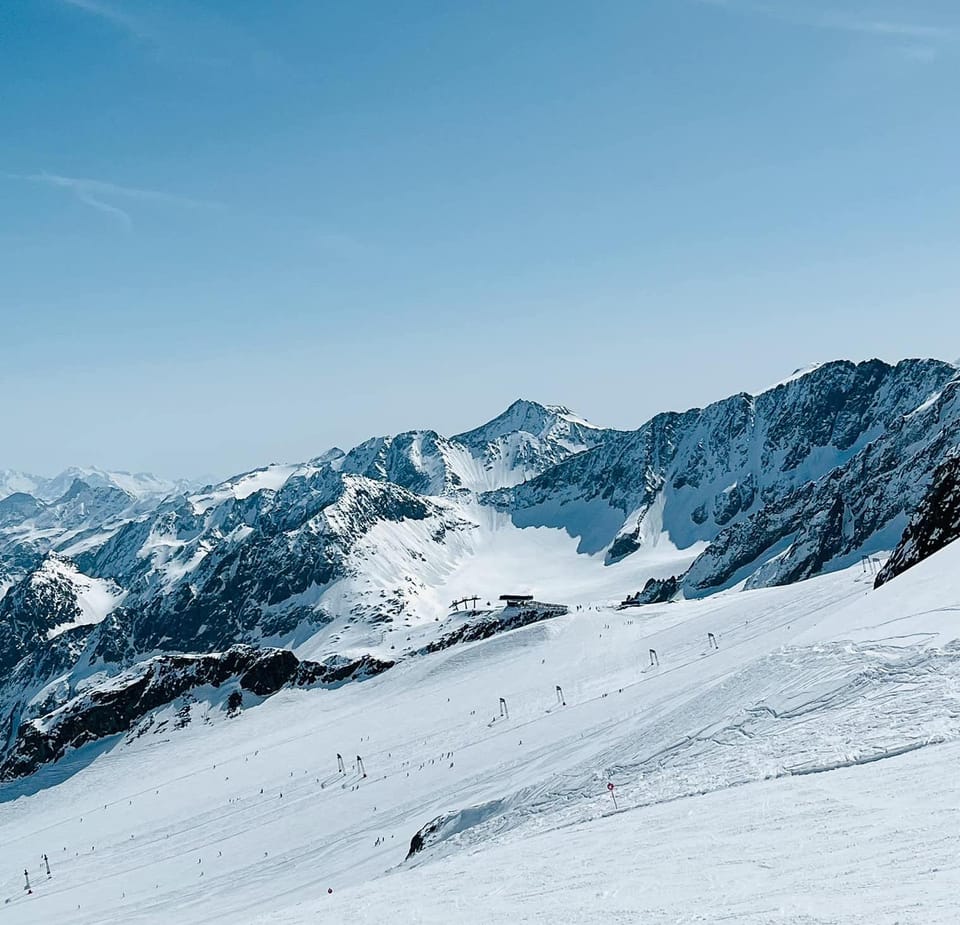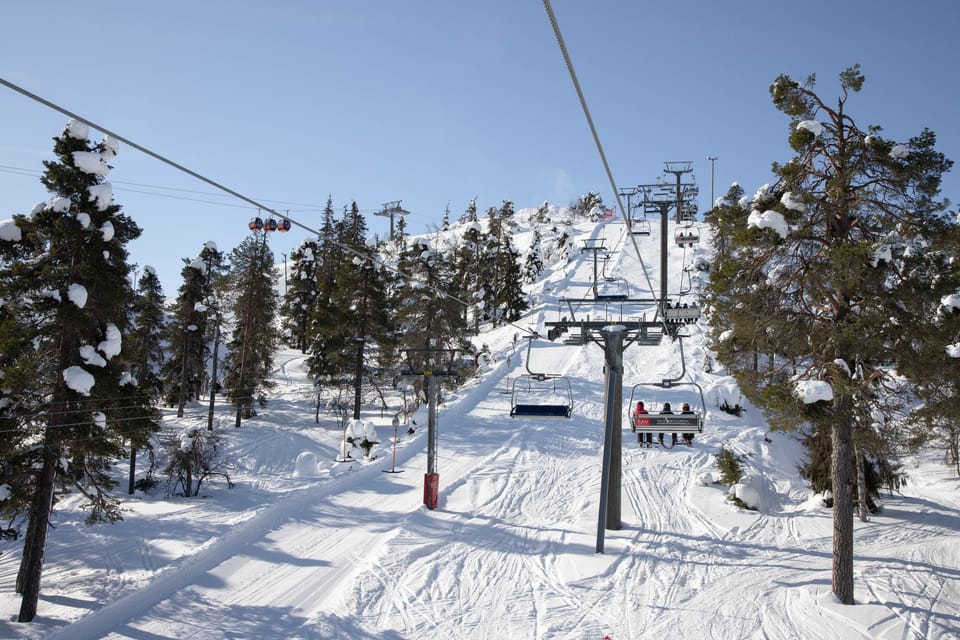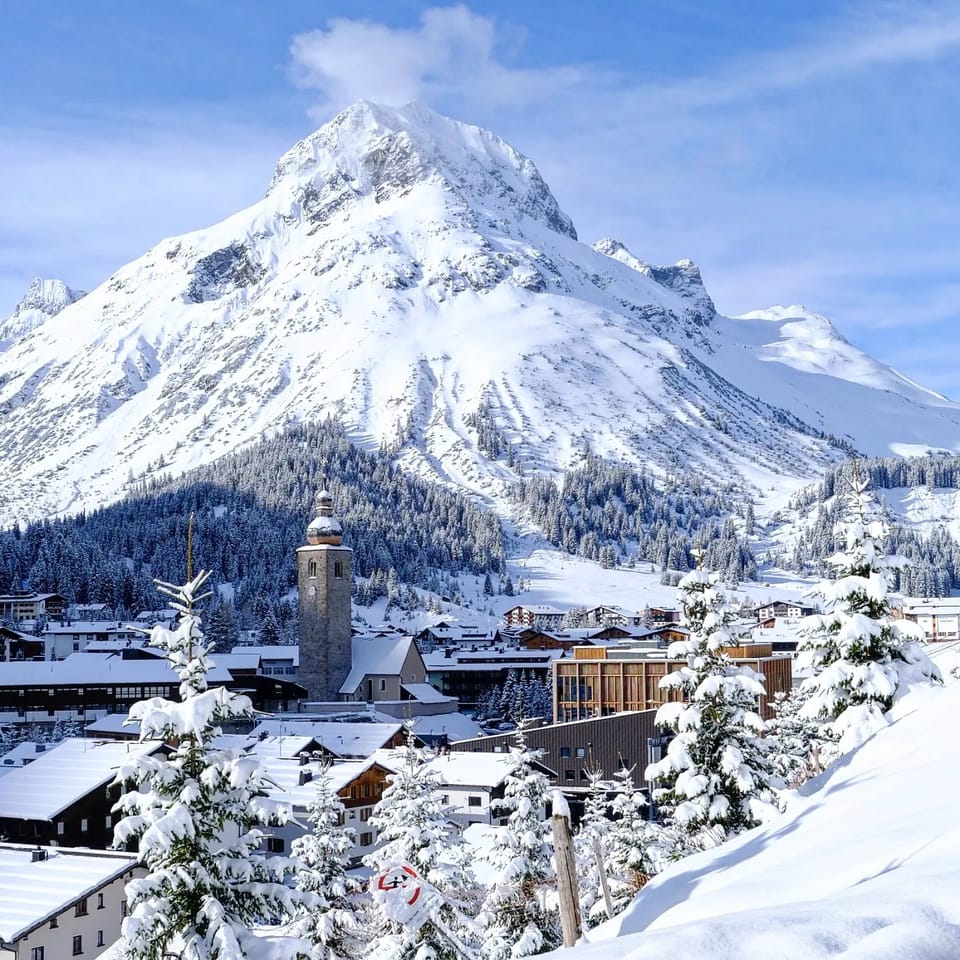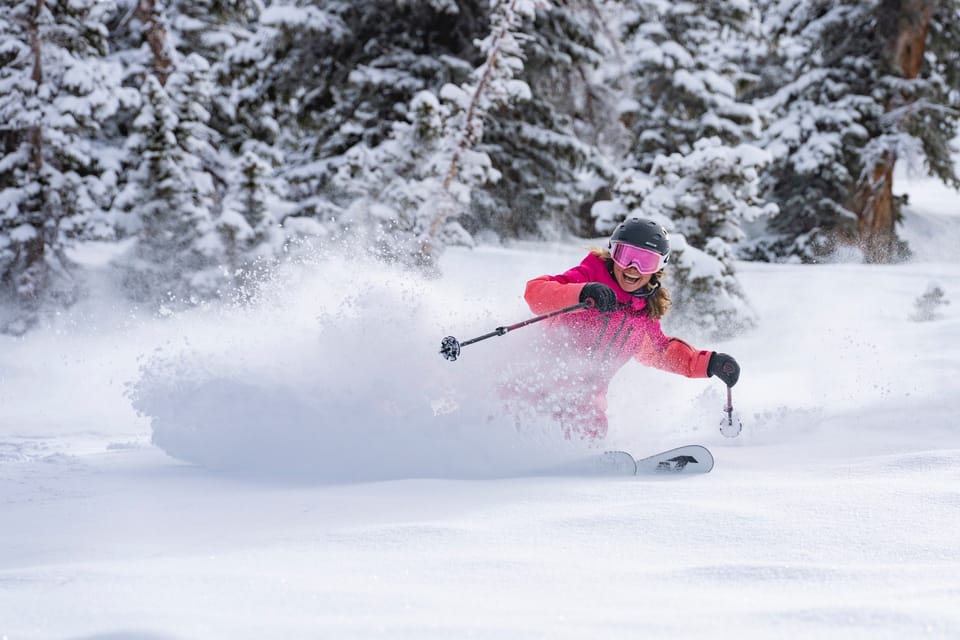A very snowy January
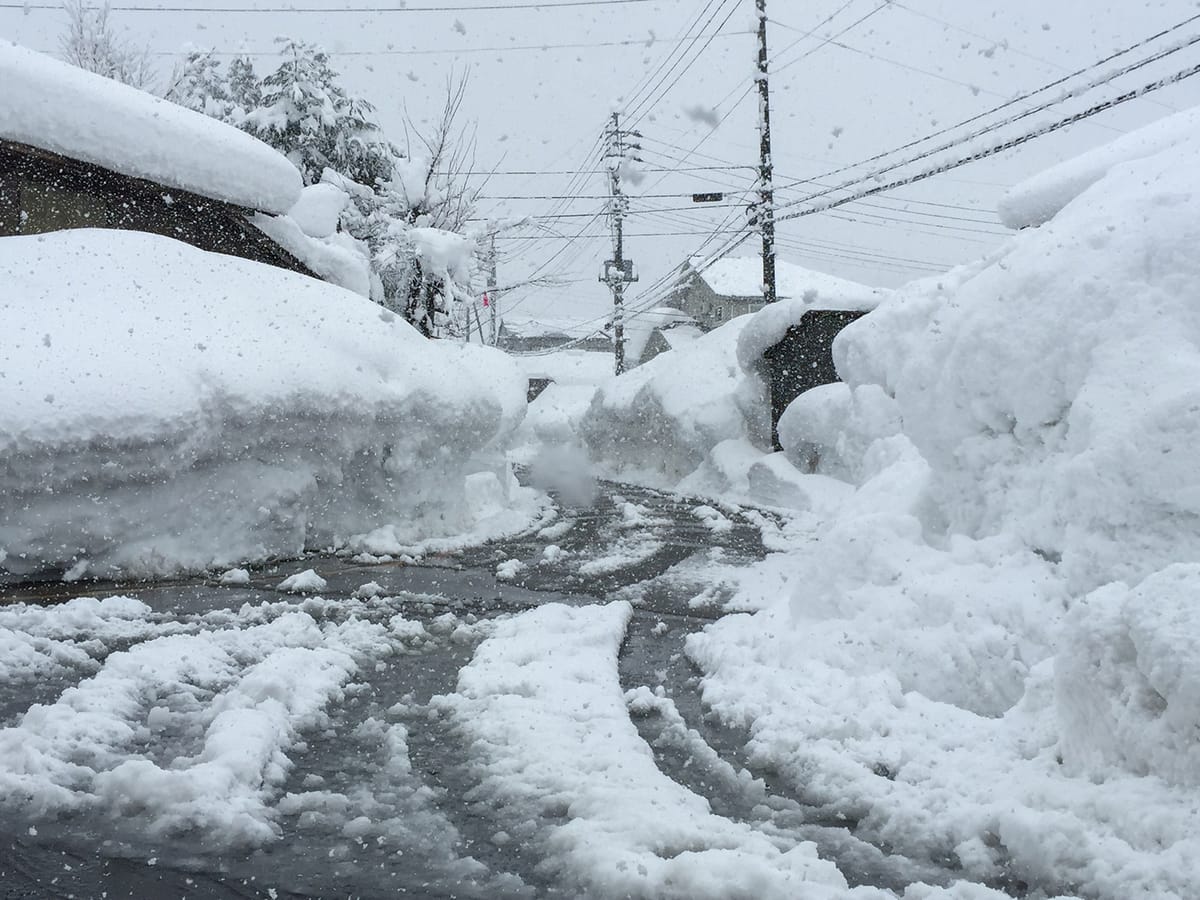
A very snowy January
January is, of course, peak season and it turned out to really deliver in many regions of Japan.
How does almost 6.5 metres of recorded snowfall at the base of ski resorts in Myoko (Niigata Prefecture) sound – in just one month – with over 11m in total for the season so far by the end of January? Proper full-on snowfall, with close to a metre of snow falling on some days and imposing three metre plus snow walls building up on the roadsides.
Certain mountains on the main island of Honshu are really good at the crazy snowfall thing.
Photo: Myoko snow wall
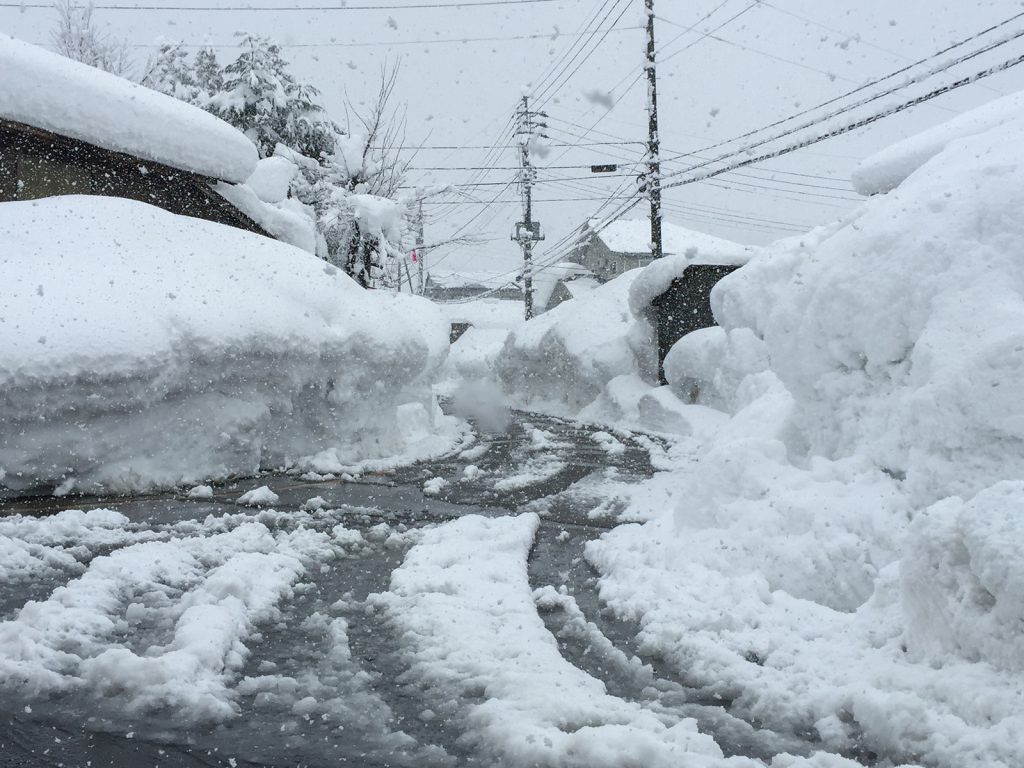
Hokkaido often provides excellent quality and consistency rather than the huge numbers. For example, in Niseko snowfall was recorded on all but six days during the month of January, and there were only 11 days without fresh recorded snowfall throughout the whole of December and January.
There have been some excellent skiing conditions on offer. Most ski hills in Japan are open through until the end of March, with quite a few continuing through April and some into May. So, we’re round about half way through the season.
Daily reporting: https://www.snowjapan.com/japan-daily-snow-weather-reports
Photo: Hakuba Goryu backdrop
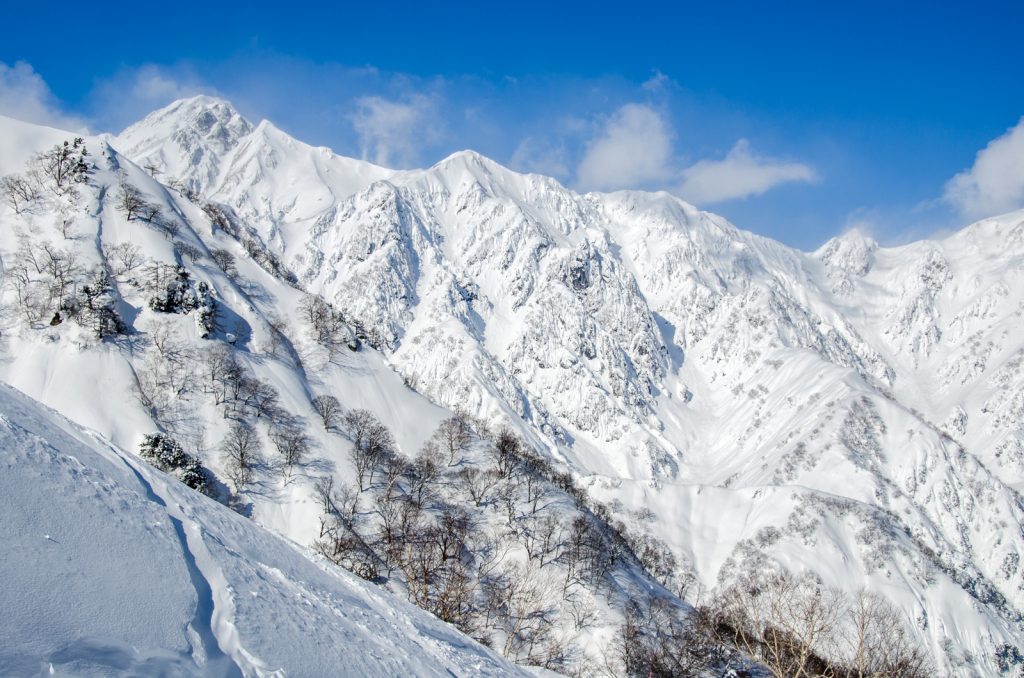
Just 30 years ago, it was still rare to see non-Japanese people on the slopes of a Japanese ski resort. It was almost something of a novelty – you used to acknowledge each other out there! Things have of course changed quite considerably since then. There is much more information available now and there are many more people living in Japan. And of course, the number of people visiting Japan is increasing rapidly. The dramatic increase in the number of visitors to Japan in recent years can be seen by looking at the official tourism numbers:
1990 – 3.2 million
1995 – 3.3 million
2000 – 4.7 million
2005 – 6.7 million
2010 – 8.6 million
2015 – 19.7 million
2018 – over 31 million
That’s one steep curve!
I think it’s safe to say that the first group of folks to find out about the skiing and boarding in Japan – and coming over in numbers – was the Australians; and, in particular, to Niseko and then Hakuba. Japan remains a popular ski destination for Aussies, helped along by the fact that they can take the trip north without being bothered by jet lag – and of course being in the southern hemisphere. No doubt that has been a particularly welcome relief for many this year with some record-breaking temperatures being recorded in Australia.
But the overall make-up of the ‘inbound’ skier and snowboarder market has seen some significant changes in recent years. While the actual number of Australians has continued to increase, the percentage of the pie that they make up has decreased. The biggest change in the makeup of visitors has been the quickly increasing number of people visiting Japan from other nearby Asian countries including China, Taiwan, Hong Kong and Korea.
The Chinese (Lunar) New Year is the Chinese festival that celebrates the beginning of the new year on the traditional Chinese calendar. It is usually in late January or early February and this year it officially began on 5th February. Many people take long vacations around this period to celebrate the New Year and it has fast become one of the busy peak periods for Asian visitors at certain popular Japanese ski resorts – and at some very noticeably so.
Many of these overseas Asian visitors are new to winter sports. In fact, many have not even seen snow before. So, there are a lot of ski lessons being taken (as well as a large increase in demand for Chinese and English-speaking ski instructors).
Apart from the skiing and snowboarding, there’s another activity that is becoming more visible at Japanese ski resorts and popular with these guests, called ‘yuki-asobi’ which basically translates as ‘playing in the snow’. These activities are catering for people who might want to come and see some snow and not necessarily be interested in skiing and snowboarding… just interested in the ‘snow experience’. Different ski resorts are trying various ideas to try and appeal to these visitors. Popular ideas are snow tubing, plastic sleds, banana-boat rides, Japanese-style igloos and playing with mascot characters. This market is only going to grow in the coming years and is certainly a challenge for the ski resorts (particularly as many of these guests do not need to buy a lift ticket).
Photo: Sapporo Snow Festival
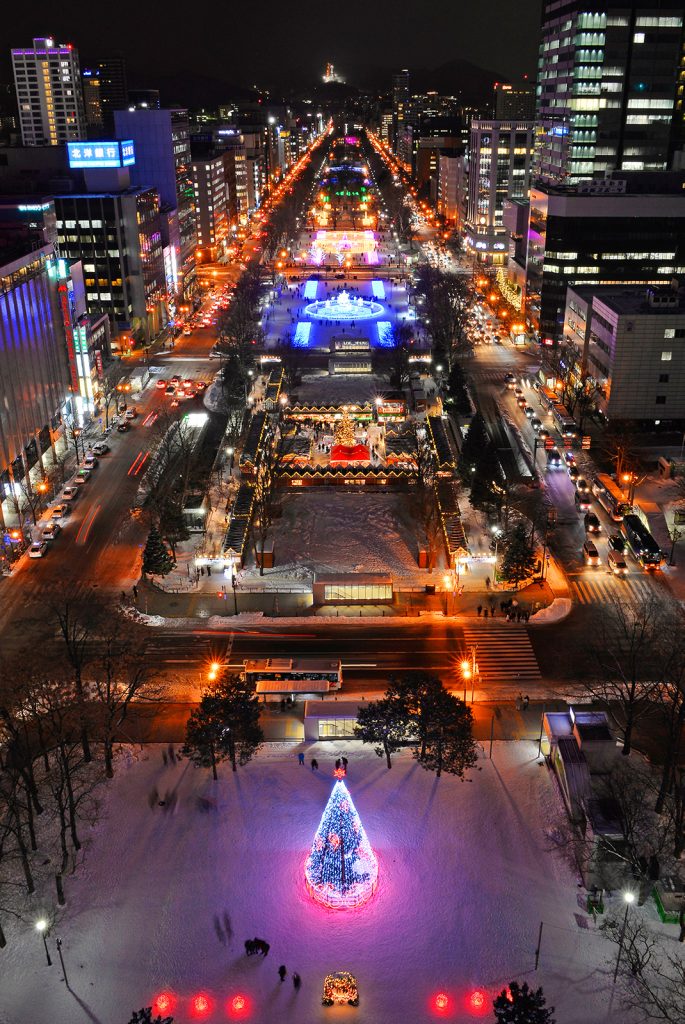
The Sapporo Snow Festival is held at around the same time as the Chinese New Year holiday, in the early part of February. This is the biggest and most famous snow festival in Japan and attracts over two million people each winter. It is held over three locations in the central area of Sapporo – Odori Park, Susukino and Tsudome – and features some amazing large-scale snow and ice sculptures. For the 70th festival this year the diverse sculptures include Helsinki Cathedral, the Yushan and The Kaohsiung Railway Station in Taiwan, huge galloping racing horses and a Hard Rock themed sculpture.
Japan really does snow festivals well they are highly recommended. And don’t forget the food courts. I think that even the most hardcore skiers and boarders should add a bit of ‘culture’ to their Japan experience when they visit.
Once we get towards the end of February various signs of early spring start to appear, even in the mountainous regions. I always try to ignore them at first but come March it gets more difficult to, and people start talking about spring skiing.
More on that next time. Here’s to the second part of the Japan winter season!

